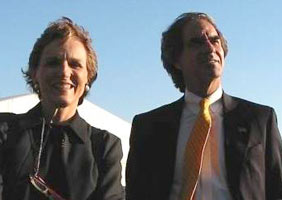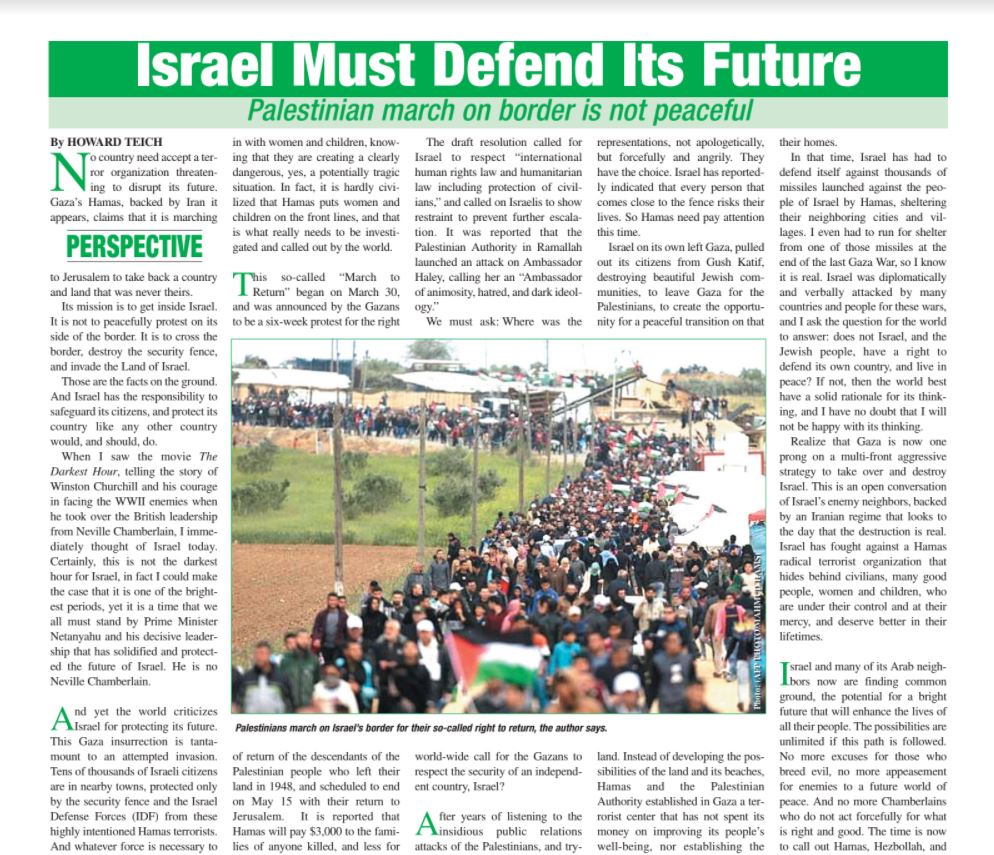GUEST BLOG
NOTES by Brian Gaisford
Introductory comment by Howard Teich
Brian is the owner of Hemingway African Galleries in New York City, a leading advocate for actions to insure the survival of the African lion, elephant and Hippopotamus, and safari guide in Southern Africa. Not only have I purchased several amazing stone sculptures from him, I have been absorbed by his profound commitment to the survival of wildlife in Southern Africa, and so I share these notes he gave me to read after his most recent visit to Southern Africa on the status of the Hippopotamus. Their website is: www.hemingwayafricangallery.com
Subject: Rhino War
I am just back from S. Africa and Mozambique . We were taking a close look into who and why our rhinos are being slaughtered. We interviewed farmers, officials, hunters, veterinarians, police, army units, trackers, guides and dedicated rhino security units in the field, Walked miles in the parks and along the Mozambique border. People across the world are calling the most recent rhino slaughter the Rhino War. Here I will outline the reasons why the rhinos are currently losing this war and why there is little hope in sight.
Incentive for Poaching
Rhino horn now sells for $95,000 a kilogram on the Asian retail market. This is up from $65,000 in November of 2014.To days Rhino average about two kilograms per horn. Rhino horn is now worth double the price of gold. There are an estimated 22,000 white rhinos, and 5,000 black rhinos left in Africa. 80% of those are in South Africa. Those numbers are declining at a rapid rate. One killed every 8 hours at the moment.
| Rhino Mortality Rate. Note: does not factor in pregnant rhinos. | |
| 2013 | 950 |
| 2014 | 1,214 |
| 2015 | We expect 2014’s number to double. |
The demand for rhino horn is due to the new Asian spending power. Horns are used in many forms of ‘medication’ across Asia ranging from hangover remedies to cancer cures. There is no scientific evidence proving a medicinal value of rhino horns. They are made of keratin which is the same as your finger nails.
Asian and Africa crime syndicates are scrambling to get into the horn trade. One investigator I talked to noted crime declines in other parts of Africa due to this. There used to be huge crime sprees in Johannesburg, South Africa with everyday bank and armored car heists. These have slacked off dramatically as the criminals have found that the rhino horn trade is an easier way to make their money. Far less risk with a lot more profit.
The arrest rate for these offenders is quite impressive but it is the old revolving door. Four Vietnamese were arrested leaving South Africa with seven rhino horn. With a $4,000 bail and one call to their boss, they were on the next plane back to Vietnam. They may even be back in South Africa now with new passports.
Corruption
It seems corruption has infected every aspect of this illegal horn trade. Many people in South Africa with information on poaching rings are scared and wary of passing any details along to the authorities. Profits from horn sales fund political parties, governments, luxury lifestyles, and huge poaching rings. There are also many scam rhino funds that rake in millions of dollar in the name of rhino conservation.
Prominent white South African veterinarians, pilots and business men are involved as well. Some veterinarians have been charged with selling M99 to poaching rings that use it to dart and drug the rhinos. Thus no gunshot that could be tracked via new audio tracking systems. The poachers are fed GPS coordinates from corrupted park rangers or tourists cruising the parks. They then fly in a helicopter to the location with a chainsaw in hand and the horns are cut all the way down to the skull. Some rhinos will die silently from the M99 overdose but some wake up with horrific wounds and die from sepsis. I met a veterinarian who is trying to develop a method of sealing off the wound and while some rhinos now make it, their horn will no longer grow back. With the amount of money pouring into rhino conservation we should at least see some light for the species but we do not. We are losing them faster and faster as the price of the horns skyrockets. It is currently estimated that we lose three rhinos a day.
Massingir, Mozambique
Massingir district in southwestern Mozambique is a lake area a stones throw from the South African border of Kruger Park. Poaching syndicates have set up shop in this area. The leader of these poaching rings likes to hijack Nissan Navara cars from S Africa. It is alleged that he killed the prominent veterinarian Dr. Meyer in Gravelot South Africa. This information is also available on line and in more detail.We also hear he makes regular shopping trips back into South African. He wears the red beret of the Economic Freedom Fighters (EFF), led by the radical political party in S Africa.
This small town in Mozambique is booming but there is barely any industry with only a few local fishermen and one tourist camp. This is because the entire economy is funded by rhino horn. Many locals are living on luxury estates and driving luxury cars stolen in South Africa.
The kingpin is like a Robin Hood in the area and is protected by all the locals. He had two German reporters from Der Spiegle arrested two days after we had left. Imagine, two reporters wanting to interview the kingpin poacher, are then arrested by the poacher himself on charges of trespassing and espionage. They have now been released from jail but must appear in court before they can leave Mozambique.A full report is also avail on google. The rhino poaching rings rule Massingir like it is their own country and wages war on the rhino and wildlife in South Africa at will. There is no extradition treaty between the two countries so is anyone doing anything to stop him?
My fear right now is that the terrorist groups working in North Africa are going to see the dollar signs painted on the sides of rhino which would guide them south. I made this clear when I visited the US Embassy in Maputo, Mozambique. I was told we have to work through diplomatic channels. The channels are so corrupted that this is going to be a tough job.
The poaching rings are gaining power and wealth and everything that is in demand by the huge and growing Asian market is in the Massingir’s ten poaching rings, sights. This includes elephant, hippo and warthog ivory, Pangolin, and the huge looming lion bone trade. Bush meat is in there as well. For me, as a South African, it was very sad to see the acceptance of the situation by many. It is like people have given up, especially when it comes to this ring in Massingir. Of course, there are many doing outstanding work and putting their lives on the line every day. WANTED posters should be all over South Africa. The ring leader is well known to all the authorities and nothing is being done to stop him.
Threat to Trophy Hunting
Rhino trophy hunting is in danger. Trophy hunting of rhino saved them from extinction. The population of white rhino was down to 1,200 and are now back to the numbers of today because of Ian Player and farmers who got rid of cattle to breed rhino for the trophy hunter. 22,000 white rhino and 5000 black.Well this may end now. We saw that hunting of rhino may be drastically reduced as farmers and breeders for the hunting industry are becoming stressed by the now huge expense involved in protecting their rhino stock. Farmers are being killed in South Africa and rhinos have become like catnip to the poachers. The trophy hunters should take note that these
Poaching gangs are going to hit them in the pocket . The huge new cost involved in protecting the wild life for the hunting industry will be passed on to the trophy hunter. The rhino poachers are out gunning all with their new weapons and are being attracted to the farms that have rhino. I spoke to a few farmers who said they have had enough. Many farmers no longer live on their farms, as it is too dangerous and live in the local towns and drive out to their farms each day. According to the tracking team in Kruger, only two AK47s were confiscated in 2014. They are now seeing good quality 375 and 458 rifles . Rangers and farmers are being out gunned.
We need help from the very influential hunting industry and SCI and for them to put pressure on wildlife officials and governments. Mozambique needs to wake up and clamp down on poachers operating within its boarders.
Rules of Contact
There is no doubt that the anti-poaching teams and rangers are out there in the bush putting their life on the line each day but have their hands tied. Botswana and Swaziland have a shoot to kill policy, which does not exist in South Africa. A ranger can only shoot if his life is in danger and the poacher must be pointing his gun in the ranger’s direction. Cant shoot him if he is running away either. Rangers are sometimes charged with murder for doing their job .Pay is held back till all is resolved in court. So some rangers may be letting the poachers run.
Solutions
Rhino Relocation
We can move rhinos to safer countries with good security and a shoot to kill policy. The president of Botswana, Ian Khama is working with Dereck Joubert on a project to do just this.
Funds have been raised, and about ten rhinos have been moved out of Kruger already. They have funding for about 90 more. I do not know if this is the best plan but, at the moment, we have to do something drastic. Botswana lost all their rhino to poaching before, but under Ian Kahama and his team, it may well save the day.
Reports are just in that 3 rhino have been killed by poachers in Botswana.
Asian Education
Some conservation groups have gone to China to try and educate people with the help of various celebrities. This is a tough job as the ancient beliefs in the ‘magical’ and ‘medicinal’ power of rhino horn are very strong. They just may get the Chinese to start chewing on their fingernails instead of our rhino.
Legalize Rhino Horn
This is one of the very hot topics amongst South Africans and conservation groups. Of course, all the rhino breeders think this is the only way to save the rhinos. Rhino horn grows about one inch per year. So lets farm it and get the price of horn to crash? There are also about 5,000 legal rhino horns is stock in the parks and private hands. CITES banned rhino horn in 1977 and it is very unlikely that they will down-list rhino horn any time soon. Even if they did, the bureaucratic processes in Africa would fall into place long after the last rhino is standing. Corruption would play a big part here as well. Corrupt officials are making too much money from the high price of rhino. So why would they help in legalizing it .
Who wants to see a rhino with his horn cut off? Not me. The rhino need them for defense, and when a poacher tracks a rhino down after a long trek, he shoots it anyway because he is mad and also because he does not want to make the mistake of tracking the same rhino again. In addition, the very powerful Asian syndicates with their own horn stockpiles, want to see all rhino dead because their investment would be worth infinitely more. Even if horn is legalized, there are not enough rhino to feed the huge growing demand.
Ownership Transfer
Locals who live close to rhinos should be given ownership and see more money directed their way from rhino conservation donations, hunting, and tourism etc. They just may chase the poachers away and protect the rhino.
The locals currently do not see any reason to protect the animals they live so close to. They see all these hunters and tourists paying huge money operating close to them, while they get nothing. So much money is now involved in trophy hunting of lion, elephant, etc. and much of it goes into the officials pockets.More so in Zimbabwe. Yes they may get some meat from the hunters but this also has corrupted. One chief was selling donated trophy meat out the backdoor and his people got nothing.
Maybe Asia would take notice if Africans advertised Panda hunts. See how they like that.
If we do not stop the Asian demand for rhino horn, elephant ivory, and lion bone, the big game in Africa is doomed. Everyone involved in the fight to save the rhino agree on one thing: the situation is not looking good for our rhinos.











